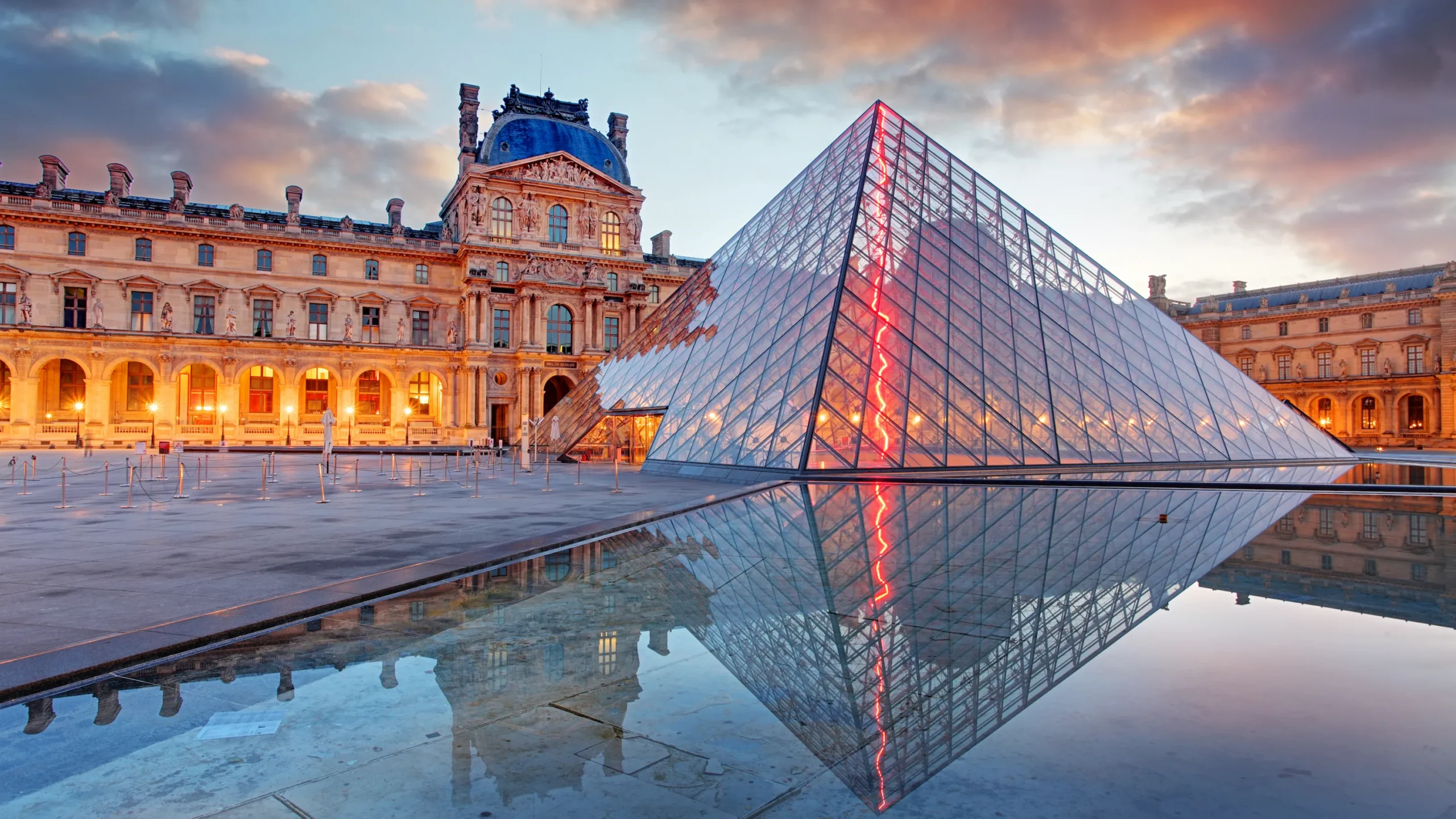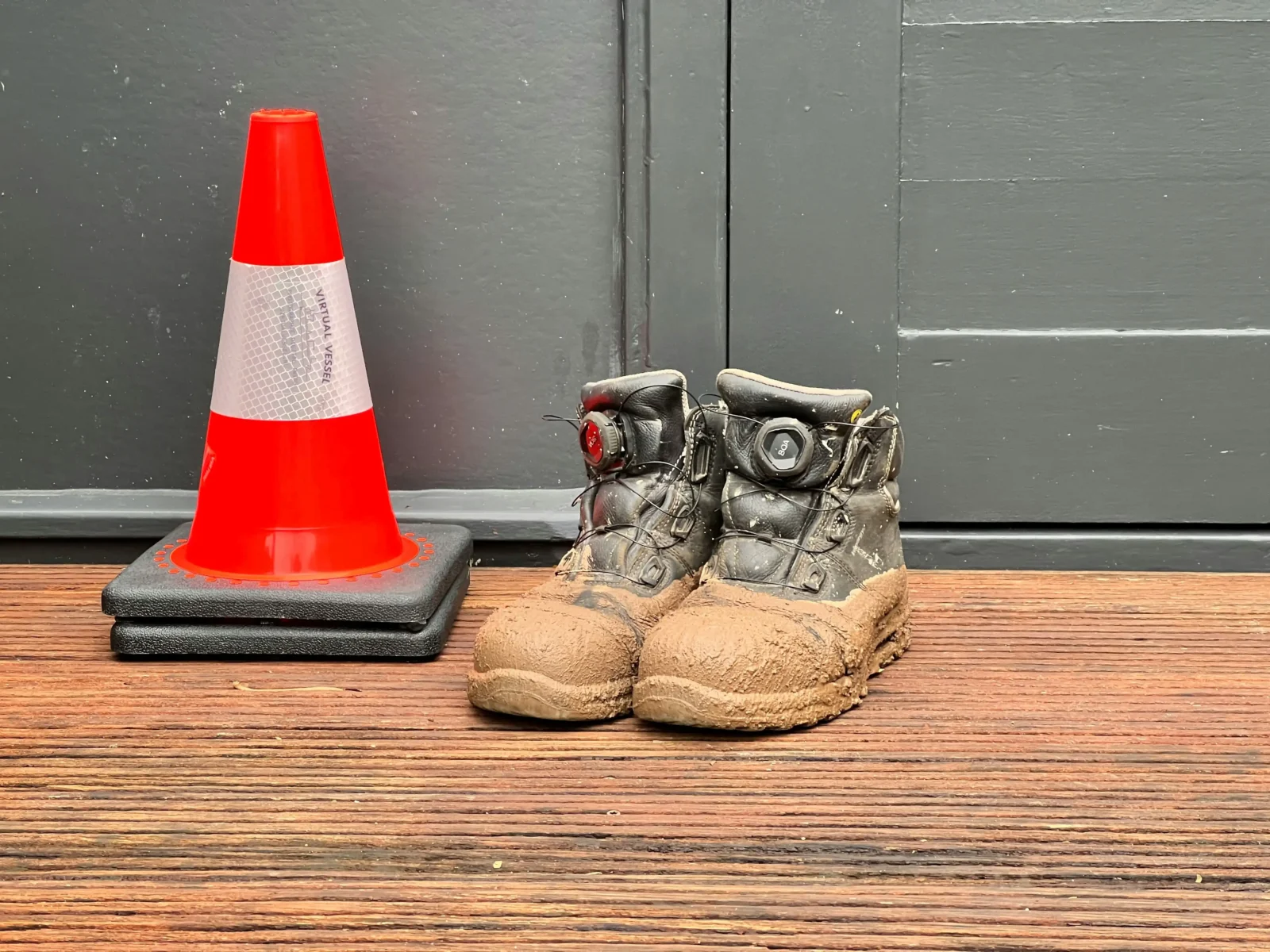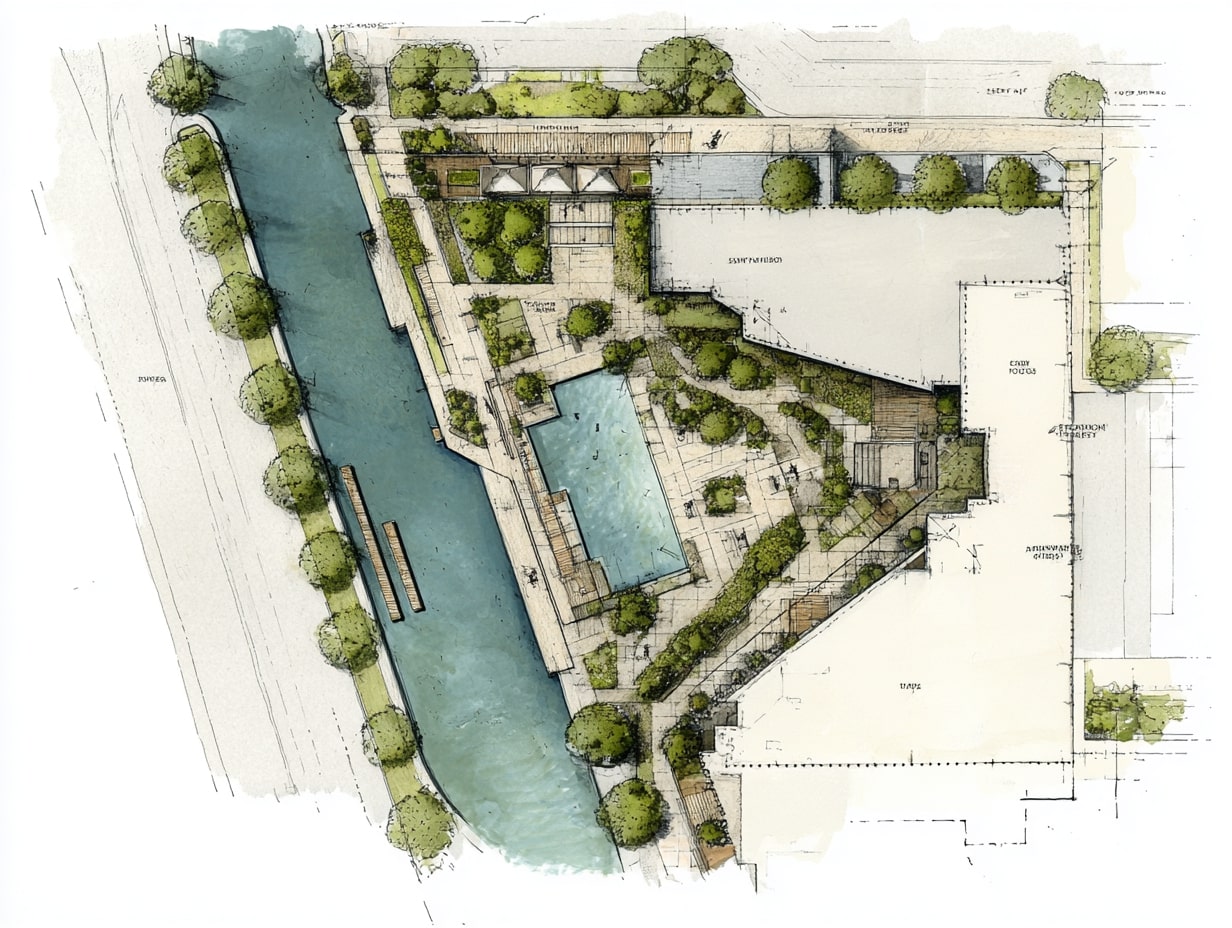- Home
- Articles
- Architectural Portfolio
- Architectral Presentation
- Inspirational Stories
- Architecture News
- Visualization
- BIM Industry
- Facade Design
- Parametric Design
- Career
- Landscape Architecture
- Construction
- Artificial Intelligence
- Sketching
- Design Softwares
- Diagrams
- Writing
- Architectural Tips
- Sustainability
- Courses
- Concept
- Technology
- History & Heritage
- Future of Architecture
- Guides & How-To
- Art & Culture
- Projects
- Interior Design
- Competitions
- Jobs
- Store
- Tools
- More
- Home
- Articles
- Architectural Portfolio
- Architectral Presentation
- Inspirational Stories
- Architecture News
- Visualization
- BIM Industry
- Facade Design
- Parametric Design
- Career
- Landscape Architecture
- Construction
- Artificial Intelligence
- Sketching
- Design Softwares
- Diagrams
- Writing
- Architectural Tips
- Sustainability
- Courses
- Concept
- Technology
- History & Heritage
- Future of Architecture
- Guides & How-To
- Art & Culture
- Projects
- Interior Design
- Competitions
- Jobs
- Store
- Tools
- More

Augmented Reality (AR) technology is rapidly transforming the field of architecture by enabling architects to visualize designs in new and exciting ways. With AR, architects can create digital overlays of building models onto the real world, allowing clients and stakeholders to experience the design in a more immersive way. In this article, we will explore what augmented reality is, how it is used in architecture, and the benefits it offers to architects, clients, and stakeholders.

Table of Contents
ToggleWhat is Augmented Reality?
Augmented Reality is a technology that overlays digital content onto the real world. It works by using a camera and software to recognize and track real-world objects, and then adding virtual content to the view of those objects. This can include anything from text and images to 3D models and animations.
AR is different from Virtual Reality (VR) in that it does not create a completely artificial environment. Instead, it adds digital content to the real world, enhancing our experience of it.
Augmented Reality is transforming the field of architecture by enabling architects to visualize designs in new and exciting ways. By creating digital overlays of building models onto the real world, AR allows architects to communicate their designs in a more immersive and engaging way, leading to better understanding and buy-in from clients and stakeholders. With the many benefits that AR offers, it is likely to become an increasingly important tool in the design process for architects in the years to come.

How is Augmented Reality Used in Architecture?
Augmented Reality technology is transforming the field of architecture in several ways. Here are some of the ways that architects are using AR in their work:
Visualization
AR allows architects to create digital overlays of building models onto the real world. This can help clients and stakeholders visualize the design in a more immersive way, leading to better communication and understanding.
Collaboration
AR can also facilitate collaboration between architects, contractors, and clients. By creating a shared digital environment, all parties can work together to make design decisions and solve problems in real-time.
Design exploration
AR can be used to explore different design options quickly and easily. By overlaying different design elements onto the real world, architects can get a better sense of how different options will look and feel in the actual space.
Marketing
AR can also be used as a marketing tool to showcase designs to potential clients. By creating immersive, interactive experiences, architects can give clients a taste of what it would be like to live or work in the building.

Benefits of Augmented Reality for Architecture
The benefits of augmented reality for architecture are numerous. Here are some of the main advantages that AR offers architects, clients, and stakeholders:
- Better Communication: AR allows architects to communicate their designs in a more immersive and engaging way, leading to better understanding and buy-in from clients and stakeholders.
- Improved Collaboration: AR can facilitate collaboration between architects, contractors, and clients, leading to more efficient decision-making and problem-solving.
- Time and Cost Savings: By allowing architects to explore different design options quickly and easily, AR can help save time and reduce the cost of the design process.
- Improved Design Quality: By providing a more immersive and realistic view of the design, AR can help architects create better, more impactful designs.
Equipments for AR Experiences
To create augmented reality experiences, architects need to use software specifically designed for AR. There are various AR software options available on the market, such as Unity, Unreal Engine, Vuforia, and ARKit, among others. In order to create a digital model of a building, architects use 3D modeling software, such as SketchUp, Rhino, or Revit. This software allows architects to create detailed 3D models of buildings, which can then be used to create AR experiences.
Architects and clients need AR-enabled devices, such as smartphones, tablets, or AR headsets, to experience augmented reality. These devices are equipped with cameras and sensors that allow them to track the real world and overlay digital content on top of it. To accurately overlay digital content onto the real world, architects need tracking markers. These are physical objects, such as QR codes or images, that are placed in the real world and used by AR software to anchor digital content.
Submit your architectural projects
Follow these steps for submission your project. Submission FormLatest Posts
Understanding Site Safety Footwear in Architectural Practice
Architecture is often discussed through drawings, models, and finished buildings, yet a...
General Arrangement Drawings in Architecture: The Backbone of Clear Design Communication
General Arrangement Drawings explained: what they are, when to use them, how...
The Ultimate Guide to Fencing in North Dakota: Choosing the Best Fence for Your Property
Watching a chain link fence twist in 70 mph winds near Minot...
Gaudí: Where Architecture Meets Science
Gaudí: Where Architecture Meets Science shows catenary arches, ruled surfaces, and biomimicry...












Leave a comment